Table of Contents
Remembering Juan Tizol (1900-1984), jazz trombonist and composer.

Best Sheet Music download from our Library.
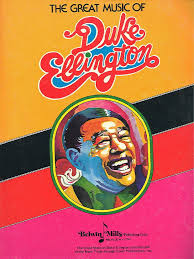
Juan Tizol (short biography)
Juan Tizol Martínez (22 January 1900 – 23 April 1984)[1] was a Puerto Rican jazz trombonist and composer. He is best known as a member of Duke Ellington’s big band, and for writing the jazz standards “Caravan”, “Pyramid”, and “Perdido”.
Juan Tizol was born on January 22, 1900 in the city of Vega Baja, Puerto Rico, into an illustrious family. The impact of the Tizols on the island is confirmed by several streets and squares that bear the name of eminent members of the lineage: doctors, politicians and musicians. In this last section is Manuel Tizol Márquez.
Come join us now, and enjoy playing your beloved music and browse through great scores of every level and styles!
Can’t find the songbook you’re looking for? Please, email us at: sheetmusiclibrarypdf@gmail.com We’d like to help you!
Manuel Tizol is considered by respected musicologists as the main personality of instrumental music in Puerto Rico during the first half of the 20th century, both in the classical and popular genres. In the first section he founded the San Juan Concert Society , which had an orchestra capable of performing the repertoires of all the great European masters of classical music. In addition, he established and directed the first Puerto Rico Symphony Orchestra official . In the second field he formed a dance orchestra and led the San Juan Municipal Band . With both groups he made recordings for the Columbia and Victor labels , becoming one of the pioneering national artists in the recording industry.
Manuel Tizol was Juan Tizol ‘s uncle and he took care of his musical training. He taught him to play the violin and euphonium, as well as to read and write music. From the age of 10, Juan was a member of his uncle’s dance orchestra, playing the violin or euphonium at all types of social events.
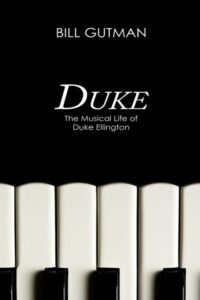
Please, subscribe to our Library.
If you are already a subscriber, please, check our NEW SCORES’ page every month for new sheet music. THANK YOU!
Around 1916, a German orchestra visited Puerto Rico and it is very possible that Juan Tizol heard a piston trombone played by a musician for the first time. Whatever the case, at that time it is documented that Juan played the aforementioned instrument in the orchestra of the Old San Juan Teatro Apolo .
In 1920, Juan Tizol was part of a band made up entirely of Puerto Rican musicians with the aim of touring the US. Once they arrived in Washington they were hired by the Howard Theater to play at the shows and to accompany the bands. silent movies Once they ran out of this work, the band disbanded.
Juan Tizol remained in Washington and there were several bands that required his services. One of them was the White Brothers’ Band , whose members included trumpeter Arthur Whetsol . This musician was the one who told Duke Ellington about Juan Tizol . The result was that he hired him for his orchestra. It was the year 1929 .
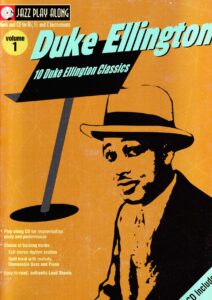
The first thing Duke Ellington did when Juan Tizol joined his orchestra was to name him “ chief copyist . ‘s music into sheet music ” He was in charge of transcribing Duke . The trumpeter, Rex Stewart , summed it up this way:
“ Tizol ‘s orchestra was an important wheel in the gear that moved Duke . He had to transcribe into sheet music the ideas that his boss tried to make clear. This was not an easy job since there were times when these avant-garde concepts could not be written. Tizol then wrote a kind of sketch and later spent hours trying to faithfully interpret what the “boss” had tried to explain to him and translate it into a score.”
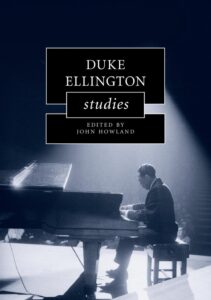
In 1933, musicologist HA Overstreet stayed with the Ellington Orchestra on one of its tours. As a result of his observations he wrote a book titled The Duke Reader in 1995. And among other things he says:
“…Juan Tizol had been busy writing the score for each musician’s arrangement of the trombone, saxophone and trumpet sections. Sometimes indicating them schematically for later elaboration. This approximate score served as a reference to resolve the discussions, since these appeared several times, until the entire arrangement was completed. These arguments, which are politely called exchanges of ideas, were pure and simple arguments. ‘s scores When the arrangement was finished and Tizol went from schematic to definitive , Ellington detected any deviation from them in the event that a musician did not adhere to them.
The first recording that Juan Tizol made (except for Back and Tan , for the short of the same title) was September 16, 1929. In that session, four songs were performed, one of them being titled The Duke Steps Out composed by Duke Ellington , Johnny Hodges and Cootie Williams .
Juan Tizol ‘s orchestra has an important role in the history of jazz, but not as an instrumentalist in Duke Ellington , but as a composer while he was a member of it.
I will start by naming his composition Caravan, which according to his own words he had already written before leaving Puerto Rico.
Tizol initially failed to appreciate the commercial potential of his song to the point that he sold his rights to Irving Mills ‘s manager, – who, apart from being Duke Ellington owned his own music publishing company – for $25. When Caravan became a big seller, Mills gave Tizol a portion of his royalties.

‘s first recording Caravan was made by a combo called Barney Bigard & His Jazzopaters in which all its members were also members of the Ellington orchestra , including himself: Cootie Williams , trumpet; Juan Tizol , valve trombone; Barney Bigard, clarinet; Harry Carney , baritone sax; Duke Ellington , piano; Billy Taylor, double bass; Sonny Greer , drums. The recording was made on December 19, 1936.
Duke Ellington & His Orchestra: Caravan (1937)
Duke Ellington ‘s composition at the moment had no intention of recording Tizol , but its exotic rhythm led him to perform it at the Cotton Club . The club parades were broadcast on radio throughout the country and listeners were dazzled by the song. This led Ellington to record it with his orchestra and this happened on May 14, 1937: Rex Stewart , cornet; Wallace Jones , Cootie Williams , trumpets; Lawrence Brown , Tricky Sam Nanton , Juan Tizol , trombones; Barney Bigard , clarinet; Johnny Hodges , Otto Hardwick , alto saxes, Harry Carney , baritone sax; Duke Ellington , piano; Fred Guy , guitar; Hayes Alvis or Billy Taylor , double bass; Sonny Greer , drums.
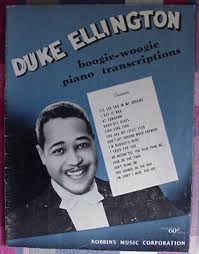
Caravan entered the top 20 and Duke Ellington kept it in the band’s repertoire until the rest of their days. recordings He left more than 100 Caravan . One of them a few weeks before his death.
It would be mid-1941 when several members of Duke Ellington ‘s orchestra were trying to find a jazz club in the alleys of New Orleans (where they had given a concert) and after kicking around for a while, Juan Tizol asked if anyone knew Where they were, one of the musicians answered that on Perdido Street (that’s how it is in Spanish). Tizol , whose native language was Spanish, smiled fangly when he realized that they were lost right on Perdido Street.
Duke Ellington – Perdido
The writer Stuart Nicholson relates in his book Reminiscing in Tempo: A portrait of Duke Ellington that Juan Tizol told him that he wrote a song while riding the train which he titled Perdido in reference to Perdido Street in New Orleans.
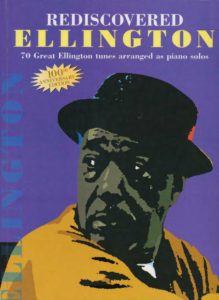
Perdido , given its harmonic structure, is one of the most used by jazz musicians of all eras and styles to perform in jam sessions .
band played it The first time the Ellington was in a radio program held on December 3, 1941. Almost two months later, on January 21, 1942, the aforementioned orchestra entered a Chicago studio where they recorded four songs. . One of them was Lost. When the single that contained it was released, it reached number 21 on the list of best-selling songs.
In all the books, essays, and articles about Juan Tizol, the confrontation he had with Charles Mingus always appears.
In February 1953, the double bassist joined Ellington ‘s band as a replacement. In the subsequent rehearsal, Juan Tizol gave him a sheet of music with the notes he had to play in a certain part of a song. When the time came Mingus ignored the score and played the notes an octave higher . This change infuriated Tizol and he went to the double bassist to tell him that if he wanted the double bass to sound like a cello he would have hired a cellist. A scuffle broke out between them, but it didn’t get any bigger.

However, Charles Mingus ‘s autobiography titled “ Less than a Dog” describes a completely different account of the confrontation. According to the double bassist , when Tizol addressed him, he blurted out: “You, like all blacks, don’t know how to read a score” (an absurd phrase when it comes to the Ellington orchestra) and also showed him a knife. Mingus did not give up and went to a wall where he grabbed a fire axe. Tizol ran away and then Mingus approached the chair where the trombonist was sitting and broke it in two with an ax blow.

‘s book When everything had calmed down, and according to Mingus , Ellington said to the double bassist: “For a moment I hoped that you had decided to start playing, but instead you broke Juan ‘s chair in two with a ax Seriously, Charles , that’s destructive. Everyone knows that Juan has a knife, but no one has taken him seriously. He likes to take it out and show it to people, you understand? I’ve never fired anyone, but you have to leave the band. I have enough problems already. Juan is an old problem, but I know how to handle him, but it seems that you have some new tricks that I don’t know about, so I am forced to ask you to be so kind and tender your resignation.
Charles Mingus ‘s band only lasted three days in Ellington . Scholars of jazz history give little credence to the account of the Tizol/Mingus incident as it appears in the double bassist’s book.
Juan Tizol left the Ellington Orchestra in 1944 because his wife, Rosebud , became ill and he wanted to spend more time with her at their home in Los Angeles. At that time, Harry James had his center of activities in that city and offered the trombonist a position in his orchestra, which he accepted. In the end the musical relationship between James and Tizol lasted until 1951. During that time they recorded several albums together. One of the songs was a composition written by both of them titled Keb-Lah and arranged by Tizol (which has a Caravan feel to it ). The recording was on July 5, 1946.

That same year, 1951, Juan Tizol ‘s band returned to his position in Ellington , and it was for a reason that the latter tells it this way in his book “Music is my Lover” from 1973:
“In 1951, Johnny Hodges , Lawrence Brown and Sonny Greer left the band at the same time. Shortly after, I traveled to Los Angeles and received a call from the Tizols : “Come have dinner with us.” At his house Tizol told me: “All you have to do is ask us and Louis Bellson , Willie Smith and I will leave Harry James to play with you.”
That was the solution they had in mind.
Naturally I was worried about who it might affect and who might be offended by something like that, since I had never had the habit of stealing musicians from other orchestras, but the situation at that moment was a real emergency. The truth is that that sounded too good to be true. If I had been talking to people I didn’t know I would have suspected that they were setting me up of some kind, but I knew Tizol and Rosebud perfectly well . In addition to having Juan Tizol again , Willie Smith was the best alto saxophone player in the world and everyone said the same about drummer Louis Bellson.
We put the plan in motion and everything went well.”
This second stage of Tizol with Ellington lasted three years, after which the trombonist settled on the North American West Coast where he remained until the end of his days. He made sporadic appearances live and in recording studios with the Harry James , Nelson Riddle and Louis Bellson orchestras . There was a third stage of Tizol with Ellington in the 60s and 61s in which he participated in some record recordings.
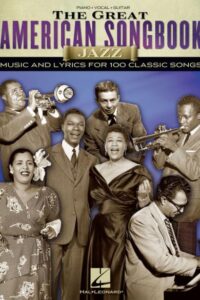
Juan Tizol left this world on April 23, 1984 in the city of Inglewood, California, two years after losing his wife Rosebud.
Please, subscribe to our Library.
If you are already a subscriber, please, check our NEW SCORES’ page every month for new sheet music. THANK YOU!
According to Will Friedwald, Frank Sinatra’s biographer, Tizol was in fact the first prominent orchestral composer to fuse Latin Music with Big Band Jazz Music.

To demonstrate that the musicians of Ellington’s orchestra, and he himself, learned very well the lessons on hot Latin rhythms that Juan Tizol taught them, I leave you the song composed by the trombonist titled Moon over Cuba and that Ellington and his boys recorded on July 2, 1941 in Hollywood.
Moon Over Cuba (1999 Remastered)
Duke Ellington and His Famous Orchestra.
Personnel:
Trombone: Joe Nanton Trombone: Lawrence Brown Trombone, Composer: Juan Tizol Clarinet, Tenor Saxophone: Barney Bigard Alto Saxophone, Clarinet: Johnny Hodges Alto Saxophone: Otto Hardwick Tenor Saxophone: Ben Webster Alto Saxophone, Baritone Saxophone, Clarinet: Harry Carney Piano, Composer: Duke Ellington Guitar: Fred Guy Bass: Jimmie Blanton Drums: Sonny Greer.
Juan Tizol Discography (on Wikipedia)
As sideman
With Louis Bellson
Journey Into Love (Norgran, 1954)
Drumorama! (Verve, 1957)
Music, Romance and Especially Love (Verve, 1957)
The Brilliant Bellson Sound (Verve, 1960)
Louis Bellson Swings Jule Styne (Verve, 1960)
Live in Stereo June 28, 1959, at the Flamingo Hotel Vol. 1 (Jazz Hour, 1992)With Duke Ellington
Ellington Uptown (Columbia, 1951)
Ellington '55 (Capitol, 1954)
Seattle Concert (RCA Victor, 1954)
Ellington Showcase (Capitol, 1956)
Liberian Suite and a Tone Parallel to Harlem (Columbia, 1956)
Piano in the Background (Columbia, 1960)
Selections from Peer Gynt Suites Nos. 1 & 2 and Suite Thursday (Columbia, 1960)
The Nutcracker Suite (Columbia, 1960)
Paris Blues (United Artists, 1961)With Harry James
Dancing in Person with Harry James at the Hollywood Palladium (Columbia, 1954)
Soft Lights, Sweet Trumpet (Columbia, 1954)
Harry James in Hi-fi (Capitol, 1955)
Jazz Session (Columbia, 1955)
Juke Box Jamboree (Columbia, 1955)
More Harry James in Hi-fi (Capitol, 1956)
Requests On-the-Road (MGM, 1962)With others
Count Basie, First Time! The Count Meets the Duke (Columbia, 1962)
Benny Carter, Cosmopolite (Norgran, 1954)
Nat King Cole, After Midnight (Capitol, 1956)
Nat King Cole, The Piano Style of Nat King Cole (Capitol, 1956)
Maxwell Davis, Compositions of Duke Ellington and Others (Crown, 1960)
Ella Fitzgerald, Get Happy! (Verve, 1959)
Ella Fitzgerald, Ella Fitzgerald Sings the Irving Berlin Song Book Vol. 1 (Verve, 1960)
Peggy Lee, The Man I Love (Capitol, 1957)
Peggy Lee, Jump for Joy (Capitol, 1958)
Frank Sinatra, Frank Sinatra Sings for Only the Lonely (Capitol, 1958)Juan Tizol Discography (on the Discography of American Historical Recordings)
| Artist or Composer / Score name | Cover | List of Contents |
|---|---|---|
| Shostakovich Piano Concerto No. 2 Solo Piano Arr. (Complete) (Musescore File).mscz | ||
| Shostakovich – 24 Preludes and Fugues Op 87 (Complete) |
 |
Shostakovich. 24 Preludes And Fugues In All Keys (Piano Music Score)Op 87 Complete |
| Shostakovich – Concerto No. 1 and No. 2 Concertino Tarantella arr. for 2 pianos by the composer | Shostakovich – Concerto No. 1 and No. 2 Concertino Tarantella arr. for 2 pianos by the composer | |
| Shostakovich – Five Pieces For Two Violins And Piano (Musescore File).mscz | ||
| Shostakovich – Inicidental Music to Films (Score, Collected works vol 42) | Shostakovich – Inicidental Music to Films (Score, Collected works vol 42) | |
| Shostakovich – Kinderalbum Op. 69 Nr. 2 Walzer (Musescore File).mscz | ||
| Shostakovich – Music For Silenced Voices and His Fifteen Quartets |
 |
|
| Shostakovich – Piano Album | Shostakovich – Piano Album | |
| Shostakovich – Prelude and Fugue in D Op. 87 No. 5.mscz | ||
| Shostakovich – Prelude Op 34 No 1.mscz | ||
| Shostakovich – Second Waltz (Musescore File).mscz | ||
| Shostakovich – Symphony No. 7 Leningrad (arr. for piano solo) | Shostakovich – Symphony No. 7 Leningrad (arr. for piano solo) | |
| Shostakovich – Trio no. 1 Op. 8 |
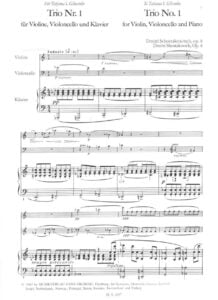 |
|
| Shostakovich – Trio no. 2 Op. 67 |
 |
|
| Shostakovich – Walzer Nr. 2 Second Waltz (Musescore File).mscz | ||
| Shostakovich – Works for Piano (Collected works vol 39) | Shostakovich – Works for Piano (Collected works vol 39) | |
| Shostakovich – Works For Piano Children’s Notebook, Three Pieces and Easy Pieces | Shostakovich – Works For Piano Children’s Notebook, Three Pieces and Easy Pieces | |
| Shostakovich A Coded Life In Music By Brian Morton (Book Biography) |
 |
|
| Shostakovich A Life In Film (Book) By John Riley |
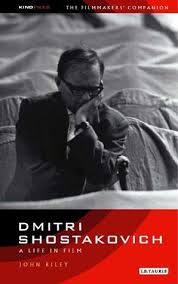 |
|
| Shostakovich Album Stücke Violin And Piano Incl Gadfly Romance |
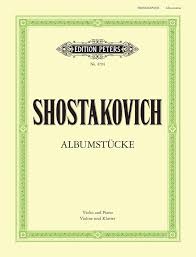 |
Shostakovich Album Stücke Violin And Piano Incl Gadfly Romance |
| Shostakovich and Stalin The Extraordinary Relationship by Solomon Volkov (Book) |
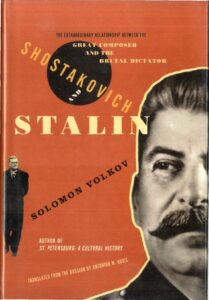 |
|
| Shostakovich Easy pieces for Piano No. 1 |
 |
|
| Shostakovich Fantasty | Shostakovic fantasy piano trio | |
| Shostakovich Piano Concerto 2 First Movement (2 pianos) |
 |
|
| Shostakovich Piano Concerto No 2, Op 102, 3 Allegro (2 Pianos) |
 |
|
| Shostakovich Piano Concerto No. 2 (Complete) Op. 102 Arr. For 2 Pianos |
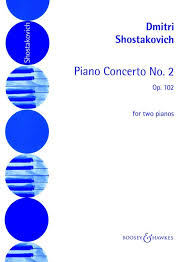 |
|
| Shostakovich Piano Concerto No. 2 arr. for solo piano (Musescore file).mscz | Musescore File | |
| Shostakovich Romance from Gadfly Piano Solo Op. 97a | Shostakovich Romance from Gadfly Piano Solo Op. 97a | |
| Shostakovich Romance from Gadfly Piano Solo Op. 97a (Musescore file).mscz | Musescore File | |
| Shostakovich Romance from Gadfly Advanced Piano Solo Op. 97a | Shostakovich Romance from Gadfly Advanced Piano Solo Op. 97a | |
| Shostakovich Romance From The Suite The Gadfly Arr Viola Y Piano |
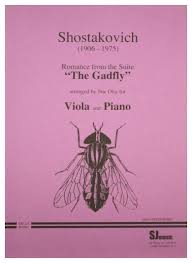 |
|
| Shostakovich Spanish Dance From The Gadfly |
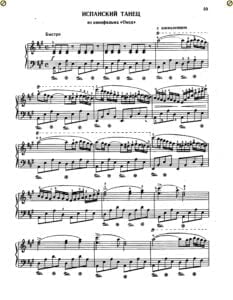 |
|
| Shostakovich Studies 2 Edited By Pauline Fairclough |
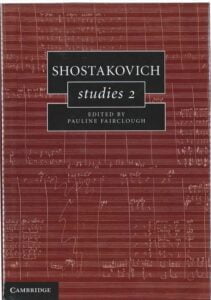 |
Shostakovich Studies 2 Edited By Pauline Fairclough |
| Shostakovich Symphony No. 7 Piano Solo (Musescore File).mscz | ||
| Shostakovich Waltz No. 2 Suite For Variety Orchestra No. 1 Piano Solo | Shostakovich Waltz No. 2 Suite For Variety Orchestra No. 1 Piano Solo | |
| Shostakovich Waltz No. 2 Suite For Variety Orchestra No. 1 Piano Solo (Musescore file).mscz | Musescore File | |
| Shostakovich, Dmitri – Melancholy Ditty Lidochka’s Song From The Opera Moscow Cheryomushki (Sheet Music) | Shostakovich, Dmitri – Melancholy Ditty Lidochka’s Song From The Opera Moscow Cheryomushki (Sheet Music) | |
| Shostakovich, Dmitry – Romance (music from the film Gadfly Piano Solo arr.) |
 |
|
| Shostakovich, Piano Concerto No. 2 (full) arr. for solo piano | Shostakovich, Piano Concerto No. 2 (full) for solo piano | |
| Shostakovich, Piano Concerto No. 2 (full) for solo piano (Musescore file).mscz | ||
| Shostakovich’s Music for Piano Solo Interpretation and Performance ( Book ) Sofia Moshevich |
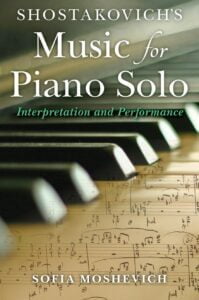 |
Shostakovich’s Music For Piano Solo Interpretation And Performance (BOOK) |
| Shostakovitch The Cambridge Companion (Book) |
 |
|
| Shout For Joy – Albert Ammons (Musescore File).mscz | ||
| Shrek – Accidently In Love | Shrek – Accidently In Love | |
| Shrek – Fairytale – Harry Gregson Williams | Shrek-Fairytale-Harry-Gregson-Williams | |
| Shrek – Hallelujah – Leonard Cohen Piano & vocal |
 |
|
| SHREK 2 Music from the original motion picture Piano-vocal-guitar |
 |
Shrek 2 Sheet Music |
| SHREK Music from the original motion picture Piano-vocal-guitar |
 |
SHREK Book Music Sheet |
| SHREK The Musical Piano Vocal Score Music by David Lindsay-Abaire |
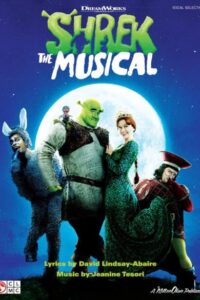 |
SHREK The Musical Piano Vocal Score |
| Sia California Dreamin |
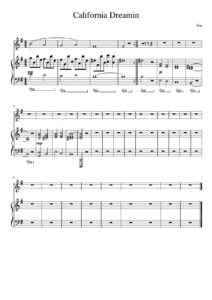 |
|
| Sia – Chandelier Piano sheet music | Sia – Chandelier Piano sheet music | |
| Sia – Cheap Thrills Sheet Music |
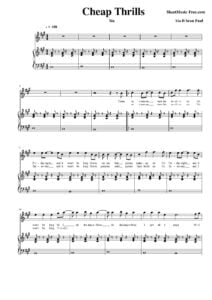 |
|
| SIA Chandelier Piano Vocal guitar |
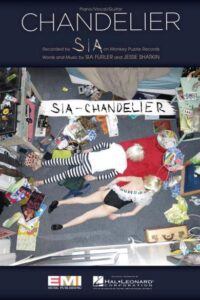 |
|
| Sia Feat. Kendrick Lamar The Greatest | Sia Feat. Kendrick Lamar The Greatest | |
| Sibelius – Five Pieces For Piano, Op 75 The Trees |
 |
|
| Sibelius – Le Sapin Op.75 No. 5 | ||
| Sibelius – Valse triste from Kuolema Op.44 trans. Sibelius – piano |
 |
|
| Sibelius – Violin Concerto In D Minor, Op 47 – Jean Sibelius Violin Concerto Piano And Violin |
 |
|
| Sibelius op. 75 Cinc Morceaux pour Piano |
 |
|
| Sibelius, Jean Etude Op 76 N 2 |
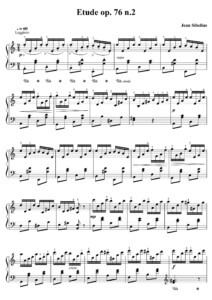 |
|
| Sibelius, Jean – 13 Pieces for Piano Op. 76 (complete) |
 |
|
| Sibelius, Jean – 13 Pieces for Piano Op. 76 No. 2.mscz | ||
| Sibelius, Jean – 5 Romantic Pieces, Op 101 |
 |
|
| Sibelius, Wayne Shorter Valse Triste |
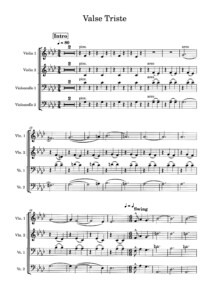 |
|
| Sid Jacobs Jazz Guitar Improvisation With Tablature |
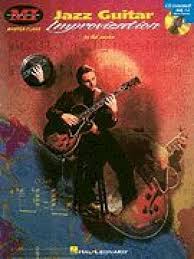 |
|
| Sidney Bechet Petite Fleur (Piano Solo) | Sidney Bechet Petite Fleur (Piano Solo) | |
| Sidney Bechet – Blues My Naughty Sweetie Gives to Me (trumpet-clarinet duet) | Sidney Bechet – Blues My Naughty Sweetie Gives to Me (trumpet-clarinet duet) | |
| Sidney Bechet – Blues My Naughty Sweetie Gives to Me (trumpet-clarinet duet).mscz | ||
| Sidney Bechet – Petite Fleur (Musescore File).mscz | ||
| Sidney Bechet Black Stick Blues | Sidney Bechet Black Stick Blues | |
| Sidney Bechet Egyptian Fantasy Trumpet Clarinet Duet | Sidney Bechet Egyptian Fantasy Trumpet Clarinet Duet | |
| Sidney Bechet Petite Fleur Little Flower Piano Solo Arr |
 |
|
| Sidney Bechet Si Tu Vois Ma Mère (Easy Piano Solo arr. sheet music) |
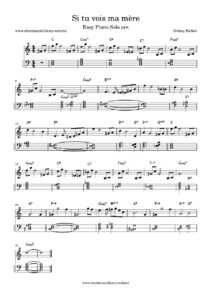 |
|
| Sidney Bechet Si Tu Vois Ma Mère (Easy Piano Solo Arr. Sheet Music) Sheet Music, Noten, Partition Musescore File.mscz | ||
| Sidney Bechet The Wizard Of Jazz (Book 1987) by John Chilton |
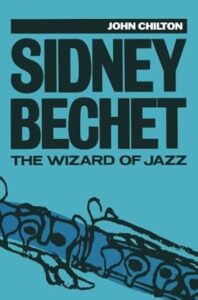 |
|
| Sidney, Homer – 17 songs (compiled by Samuel Barber) |
 |
Sidney, Homer – 17 songs (compiled by Samuel Barber) |
| Siegfried’s Funeral March – A Guitar Rocking Wagner (Musescore File).mscz | ||
| Sigmund Romberg – The New Moon (Piano Vocal Score) |
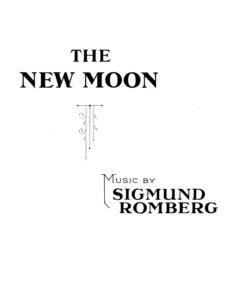 |
|
| Sigmund Romberg Softly As In A Morning Sunrise |
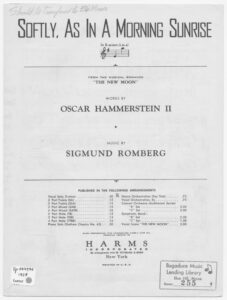 |
|
| Signore Delle Cime (Musescore File).mscz | ||
| Signore Delle Cime Piano.mscz | ||
| Signore Delle Cime SATB.mscz | ||
| Silence – Charlie Haden |
 |
|
| Silence Joep Beving (Musescore File).mscz | ||
| Silent Hill 2 Theme Of Laura |
 |
|
| Silent Hill 3 I Want Love |
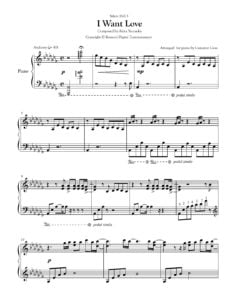 |
|
| Silent Hill Homecoming – Akira Yamaoka Witchcraft |
 |
|
| Silent Hill Music Box Akira Yamaoka – Piano Sheet Partituras |
 |
|
| Silent Hill Sadness Will Continue (Silent Hill Ost) |
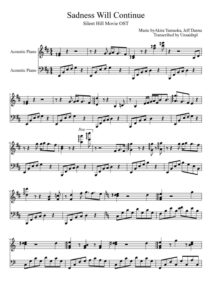 |
|
| Silent Hill Theme (Piano) |
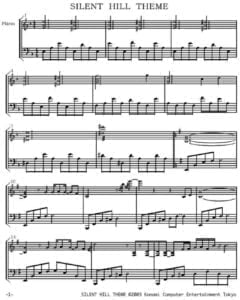 |
|
| Silent Hill Theme Piano Solo By Akira Yamaoka |
 |
|
| Silent Hill Theme V2 |
 |
|
| Silent Night – Guitar TABlature |
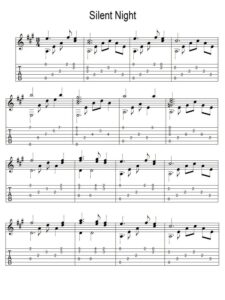 |
|
| Silent Voice OST Lit Guitar with TABs |
 |
|
| Silenzi dopo Silenzi (La Piovra 3) Ennio Morricone | ||
| Siloti Four etudes after the Cello Suites of J.S. Bach | Siloti-Bach JS transcriptions | |
| Silver Screen Dance (Dirty Dancing 2 – Havana Nights OST) Heitor Pereira | ||
| Silverchair – After All These Years | ||
| Silverchair – Asylum | ||
| Silvestrov, Valention – Bagatellen Op. 1 to 5 for Piano für Klavier |
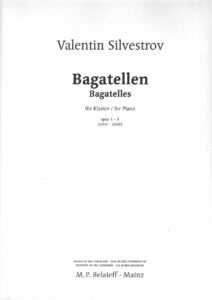 |
|
| Silvio Rodriguez – Cancionero Para Guitarra & TABs |
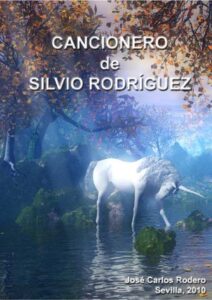 |
Cancionero de Silvio Rodríguez |
| Silvio Rodriguez Antologia Vol 1 Piano Vocal Chords |
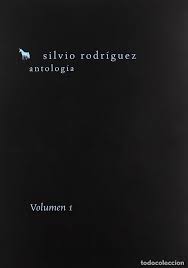 |
Silvio Rodriguez Antologia Vol 1-2 Piano Vocal Chords |
| Silvio Rodriguez Antologia Vol 2 Piano Vocal Chords |
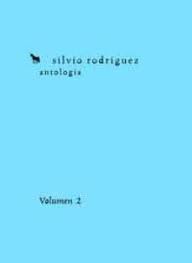 |
Silvio Rodriguez Antologia Vol 1-2 Piano Vocal Chords |
| Silvio Rodriguez Antologia Vol 3 Piano Vocal Chords |
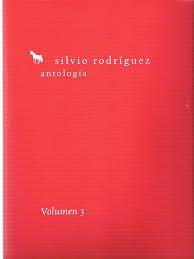 |
Silvio Rodriguez Antologia Vol 3 Piano Vocal Chords |
| Simon & Garfunkel The Essential |
 |
Simon & Garfunkel – Essentials PVG 142p |
| Simon & Garfunkel – Scarborough Fair | ||
| Simon & Garfunkel Guitar Chords Songbook with Tablature |
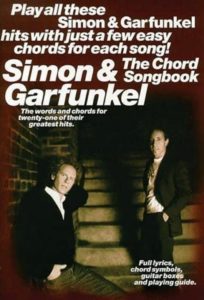 |
Simon And Garfunkel Guitar Songbook |
| Simon & Garfunkel Hits (Piano, guitar & voice) by Marcel Dadi Finger Picking |
 |
Simon And Garfunkel Hits |
| Simon & Garfunkel’s – Greatest Hits (Songbook) |
 |
Simon & Garfunkel’s greatest hits |
| Simon & Gartfunkel – Sound Of Silence | ||
| Simon & Garfunkel – Bridge Over Troubled Water (Original by Paul Simon) | Paul Simon Anthology Bridge Over Troubled Water 1st page | |
| Simon and Garfunkel – Scarborough Fair – Paul Piano Solo Arr |
 |
|
| Simon and Garfunkel – Scarborough Fair – Paul Piano Solo Arr.mscx | ||
| Simon And Garfunkel – Scarborough Fair Canticle (Musescore File).mscz | ||
| Simple Jazz (Chinese) 简易爵士风特辑 世界经典流行音乐改编的爵士风格钢琴曲 (罗枢,边丽娜主编) |
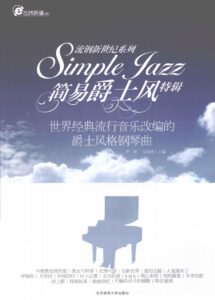 |
|
| Simple Plan – Perfect | ||
| Simple Plan – Untitled | ||
| Simple Symphony – (Benjamin Britten) | ||
| Simple Symphony – (Benjamin Britten) 2 pianos | ||
| Simply Beautiful Piano Volume 1 – Easy to play arrangements that make you sound Great by Preston Keys |
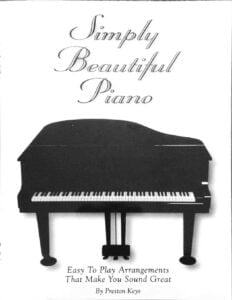 |
Simply Beautiful Piano Volume 1 – Easy to play arrangements that make you sound Great by Preston Keys_repaired |
| Simply Beautiful Piano Volume 2 – Easy to play arrangements that make you sound great by Preston Keys |
 |
Simply Beautiful Piano – Easy to play arrangements |
| Simply Red – Home | ||
| Simply Red – Stars | ||
| Simply Red Greatest Hits |
 |
Simply Red Greatest Hits |
| Simpsons, Theme from the Sheet Music – Danny Elfman |
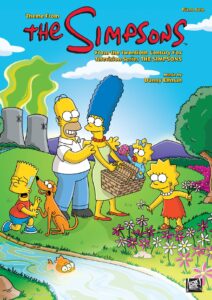 |
|
| Sinead O Connor – Nothing Compares 2 U | ||
| Sing 2 Music From The Motion Picture Soundtrack Piano Vocal Guitar |
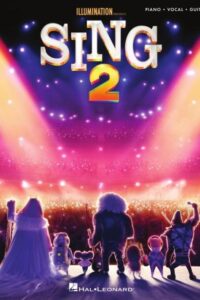 |
Sing 2 Music From The Motion Picture Soundtrack Piano Vocal Guitar |
| Sing Music From The Motion Picture Soundtrack |
 |
Sing Music From The Motion Picture Soundtrack |
| Sing, Sing, Sing (Louis Prima) As Performed By Benny Goodman (Piano Solo Arr. Sheet Music, Noten) | Sing, Sing, Sing (Louis Prima) As Performed By Benny Goodman (Piano Solo Arr. Sheet Music, Noten) | |
| Sing, Sing, Sing (Louis Prima) as performed by BENNY GOODMAN (Piano Solo arr. sheet music, Noten).mscz | ||
| Singing Blackbird (Musescore File).mscz | ||
| Singing Grammar Teaching Grammar Through Songs (Cambridge) (Mark Hancock) Book |
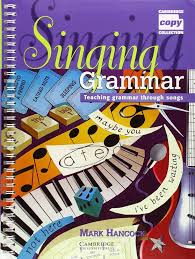 |
|
| Sister Act Piano Vocal guitar Highlights |
 |
Sister Act Piano Vocal guitar Highlights |
| Sister Sledge We Are Family Sheet Music NILE RODGERS and BERNARD EDWARDS Piano Vocal Guitar Chords | Sister Sledge We Are Family Sheet Music Piano Vocal Guitar Chords | |
| Six (The Musical) Heart Of Stone |
 |
|
| Six The Musical Piano Vocal Selections by Toby Marlow and Lucy Moss |
 |
Six The Musical Piano Vocal Selections by Toby Marlow and Lucy Moss |
| Skeeter Davis End Of The World |
 |
|
| Skoryk , Myroslav Mykhailovych Melody – Piano Solo arr. |
 |
|
| Skyrim – Dragonborn Theme Song Piano Solo by Jeremy Soule | Skyrim – Dragonborn Theme Song Piano Solo by Jeremy Soule | |
| Skyrim – Dragonborn Theme Song Piano Solo By Jeremy Soule (Musescore File).mscz | ||
| Skyrim Jeremy Soule Secunda |
 |
|
| Skyworld (Game Piano Solo) Two Steps From Hell by Thomas Bergersen |
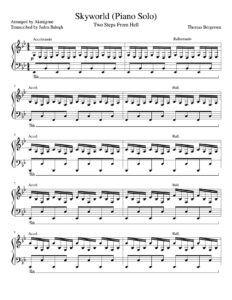 |
|
| Slade My Oh My |
 |
|
| Slap and Pop Technique for Guitar with Tablature Book + MP3 Audio Play Along (embedded) by Jean Marc Belkadi |
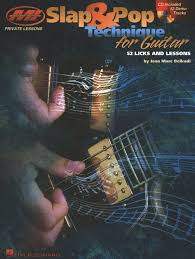 |
|
| Slash Guitar Anthology Guitar Tab |
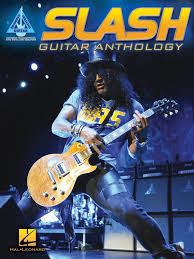 |
Slash Guitar Anthology Guitar Tab |
| Slash Guitar Signature Licks with Tablature Book + MP3 Audio Play Along (embedded) |
 |
|
| Sleeping Lotus – Joep Beving (Musescore File).mscz | ||
| Sleeping Lotus Joep Beving |
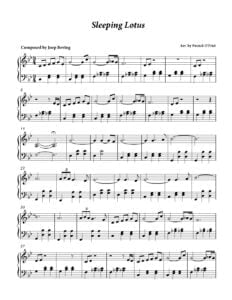 |
|
| Sleigh Ride Piano Solo Leroy Anderson | Sleigh Ride Piano Solo Leroy Anderson | |
| Slide Guitar TAB Collection 25 Great Slide Tunes In Standard Tuning Brent Robitaille |
 |
